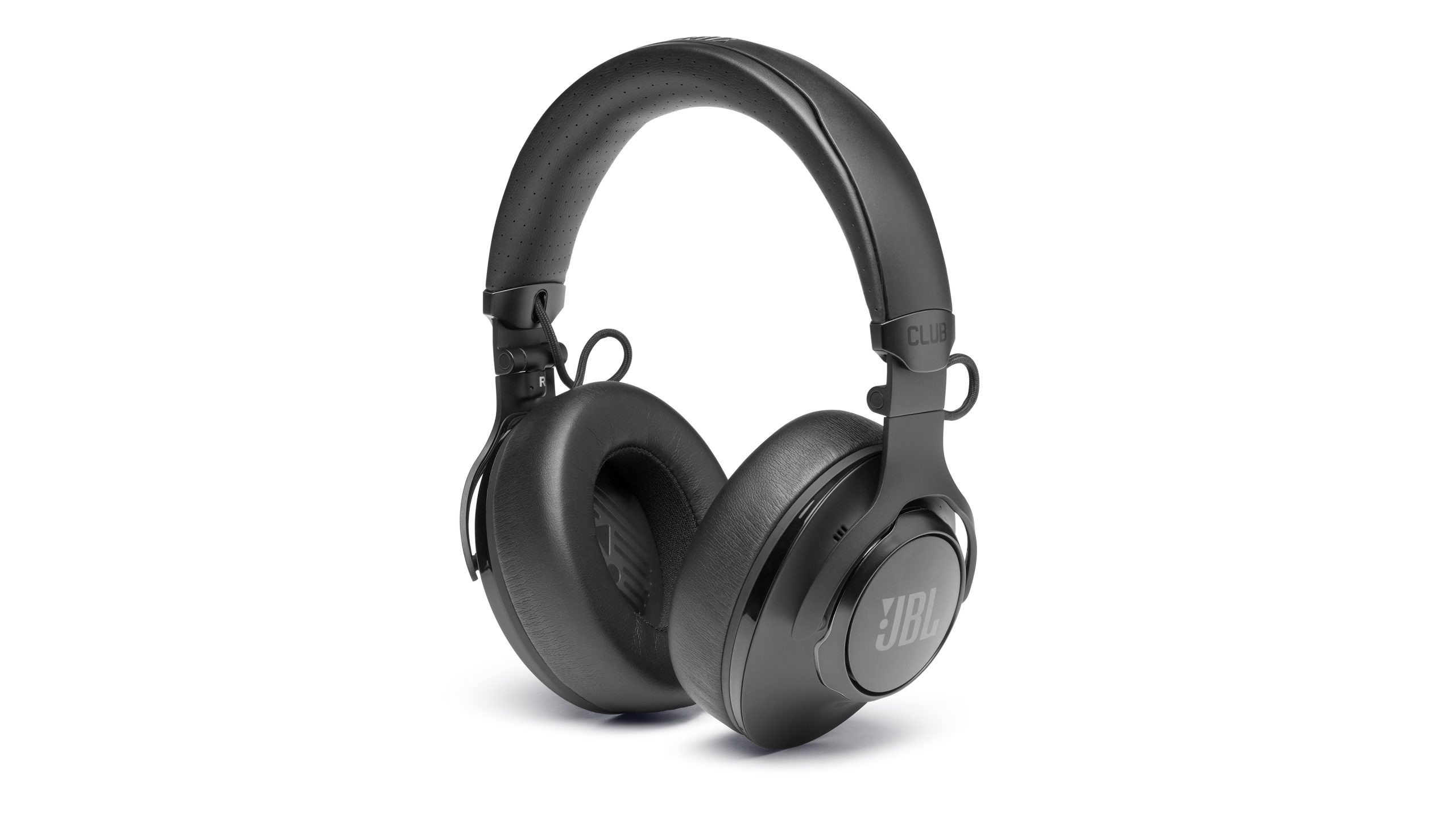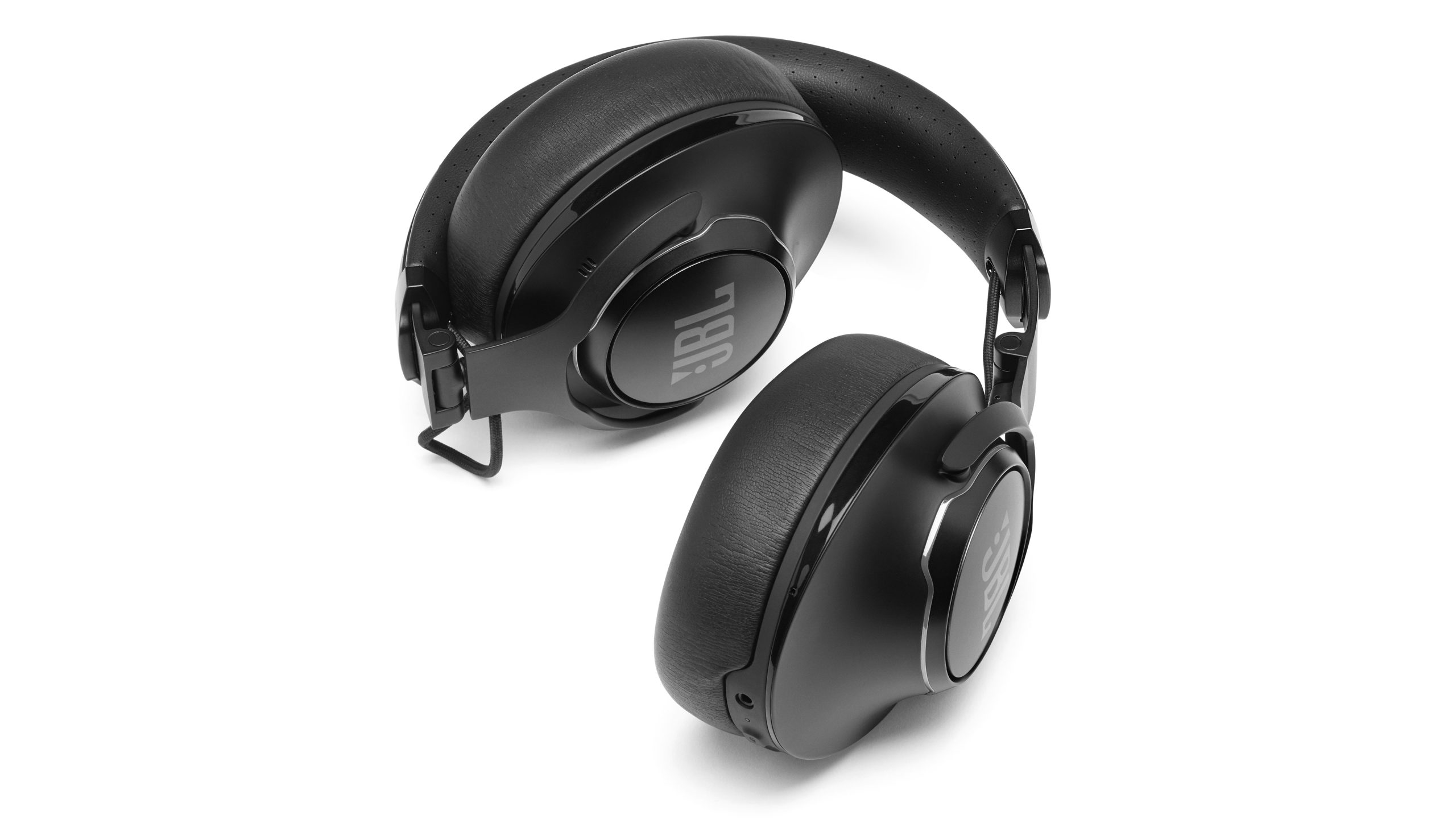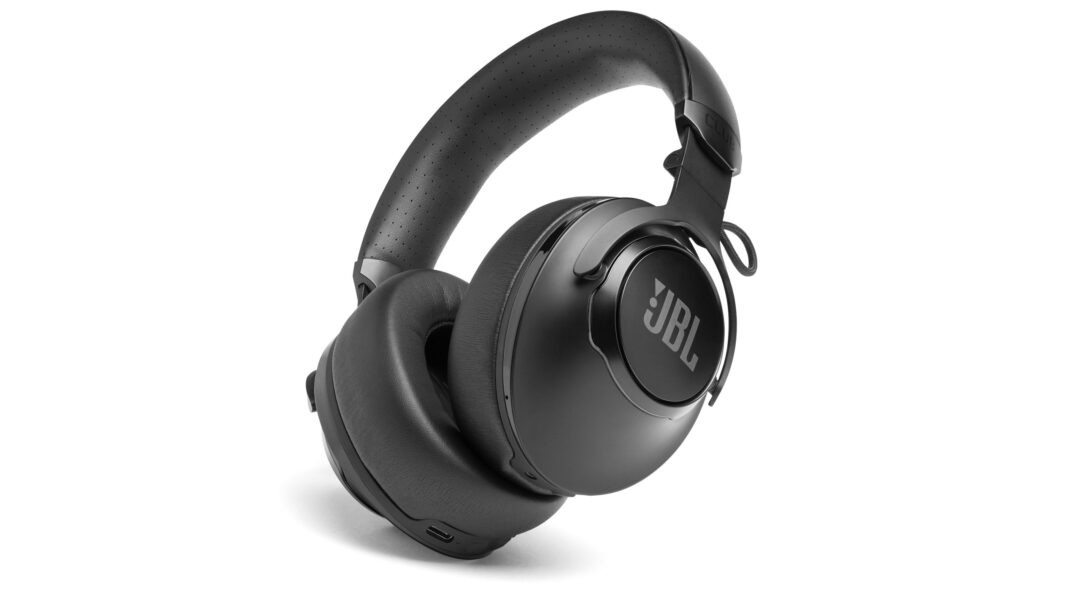JBL has been making speakers for more than 70 years, but headphones – and especially noise-canceling headphones – have only been added to the product catalog in recent years.
The JBL Club 950NC is a closed headphone with electronic noise reduction (ANC) in the upper tier of the mid-range range. That is, in the affordable price range just below the top tier, where the competition is really brutal. In that class, JBL also has another candidate, JBL Club One, but we will return to it when the delays due to the coronavirus are over.
JBL Club 950NC has a color scheme that would make Henry Ford smile: Everything is carbon black. From the plastic earbuds and the soft artificial leather ear cushions to the metal hoops and the softly padded headband. The only bounce is the silver-gray JBL logo on each earpiece.
Like a modern headphone, the Club 950NC can be voice controlled. Either with Google Assistant or – outside the Nordics – with Amazon Alexa. But in return, one must look in vain for high-quality codecs such as aptX, LDAC and AAC.
Operation takes place with a total of seven pushbuttons, distributed along the rear edge of the two earbuds. Some manufacturers prefer touch operation. It’s a matter of taste, but the buttons are easier to find when fumbling blindly behind the ear. The only slightly difficult function is that the interrogator and the ANC are placed on the same button. To switch the ANC on and off, hold down the button for two seconds.
 The JBL Club 950NC is JBL’s latest mid-range noise-canceling headphone. (Photo: JBL)
The JBL Club 950NC is JBL’s latest mid-range noise-canceling headphone. (Photo: JBL)
The JBL Club 950NC has variable noise reduction, but it is not possible to manually select how powerful the reduction should be. To the annoyance of nerds and like-minded people, but it ensures against choosing the wrong attitude.
The JBL Club 950NC sits quite comfortably on the head, although the weight is relatively high. But vibrations are easily transmitted as sound to the earbuds. This applies to jaw and head movements, and especially steps. And the effect is amplified with the noise reduction turned on. On a headphone that is meant to be used while on the go, there is a serious drawback.
Moderate noise-cancelling
With the noise reduction activated, a good part of the noise disappears from the surroundings. Whether it’s the clatter of keys in the office or the traffic as you walk along a roaring boulevard. The noise removal is good enough, but not brilliant. You do not reach the same level of silence as on the Sony WH-1000XM3, which was originally in a price range above the JBL, but which today costs exactly the same.
The active noise reduction both gives and takes. In a slightly less noisy environment, a clear hiss is heard in the earbuds. It is a weakness that is built into the ANC principle itself, and is due to the electronics involved. But it is rare that the noise is as clear as here.
The noise reduction, on the other hand, is relatively gentle with the music. The treble is slightly attenuated, and the sound generally seems less released with ANC activated. But there are small details – especially when it comes to the middle price range.
If you do not get enough bass with the natural sound of the headphones, the Club 950NC has a Bass Boost button that gives the lower regions an extra boost. Unfortunately, it leads to overdrive, and pieces of music with a lot of bass (such as Three Wishes from Roger Waters Amused to Death) sound really bad. It is simply careless that there is no built-in anti-override protection in the DSP programming of the Bass Boost function!
Get the sound spoiled by your favorite DJ
Harman, which is the parent company of JBL, conducted a large survey a few years ago among both experienced and completely untrained listeners. About twenty both headphones and listeners were included in the survey. The results were presented at the AES congress for sound engineers, and the conclusion of the many experiments was that both experts and amateurs clearly preferred headphones with a linear reproduction.
They probably did not read that survey in the department that makes the My JBL Headphones app. The app provides the ability to switch the ANC on and off and the listening function Smart Ambient. However, most of the attention is spent on the Stage + function, which automatically pops up on the screen the first many times the app is opened. Here you can choose between five sound settings that are supposedly named DJs’ signature sounds. Most are downright destructive to the sound – on a scale from the scary to the really dingy – while a couple of them just sound ugly! If I were an international DJ and was to be a model for the sound presented, I would have demanded compensation.
There is also a “Custom EQ” function where you can create your frequency curves. On the other hand, it deserves a little praise, as this is the first time I have seen an EQ app from a manufacturer where you can draw the frequency response with your finger.

The sound quality
The JBL Club 950NC is marketed as having “JBL Signature Sound” – without, however, specifying what characterizes it. The best explanation we could get was that it was a sound with good and abundant bass.
This corresponds very well to the sound image of the Club 950NC, which can best be described as warm. It is immediately comfortable, but in the long run it is tiring that bass is played whether there is bass on the song or not. Especially the intermediate bass from 60-120 Hz gets a kick. And it’s noticeable with Bass Boost and DJ profiles turned off. It works just when the music is simple and the beats heavy. But all music that is just a little more complex becomes wool.
If I were an international DJ and were to be a model for the sound presented in the app, I would have demanded compensation.
The midrange range barely exists. Voices seem a bit woolly, but are still easy to understand. Even if they are in the shadow of the bottom and the middle bass. The lower part of the treble range keeps the level from the midrange, and prevents the sound from becoming directly dark. But harmonics and airiness are nothing.
The market for noise-canceling headphones is just as competitive as it is attractive. The JBL Club 950NC is not bad, but there are many options. If you want the JBL logo on your ears, right now you can find the equally mediocre JBL E65BTNC at half the original price – which makes it a very good buy. But if you have a couple of thousand kroner burning in your pocket, the Sony WH-1000XM3 is a far better buy.
Conclusion
JBL is a brand that has been known and loved by hi-fi nerds for generations. It is these that the JBL Club 950NC is aimed at. Because it is basically a rather mediocre product that gives about what you can expect from a mid-priced headphone with noise reduction. But not anymore. And the product is also ruined by an app that only adds a rather strange club sound to the whole.
With the range of noise-canceling headphones currently available, it is difficult to come up with a reason to choose just this one.

We think
Trustworthy design. There is enough bass for most needs, and the ANC function affects it only slightly. Dark sound image. The app is bad, the noise reduction is mediocre, and Bass Boost gives obvious distortion.
199 €
Specifications
- Type: Over-ear, closed, wireless with ANC
- Drivers: 40 mm
- Frequency range: 15–22,000 Hz (tolerance not specified)
- Active noise reduction: yes, adaptive
- Battery life: 25 hours with ANC / 55 hours with BT only
- Voice control: Google Assistant, Alexa
- App: JBL My Headphones
- Connection: USB-C, 3.5 mm stereo minijack, Bluetooth 5.0 (A2DP 1.3)
- Weight: 372 grams
- Web: jbl.com

